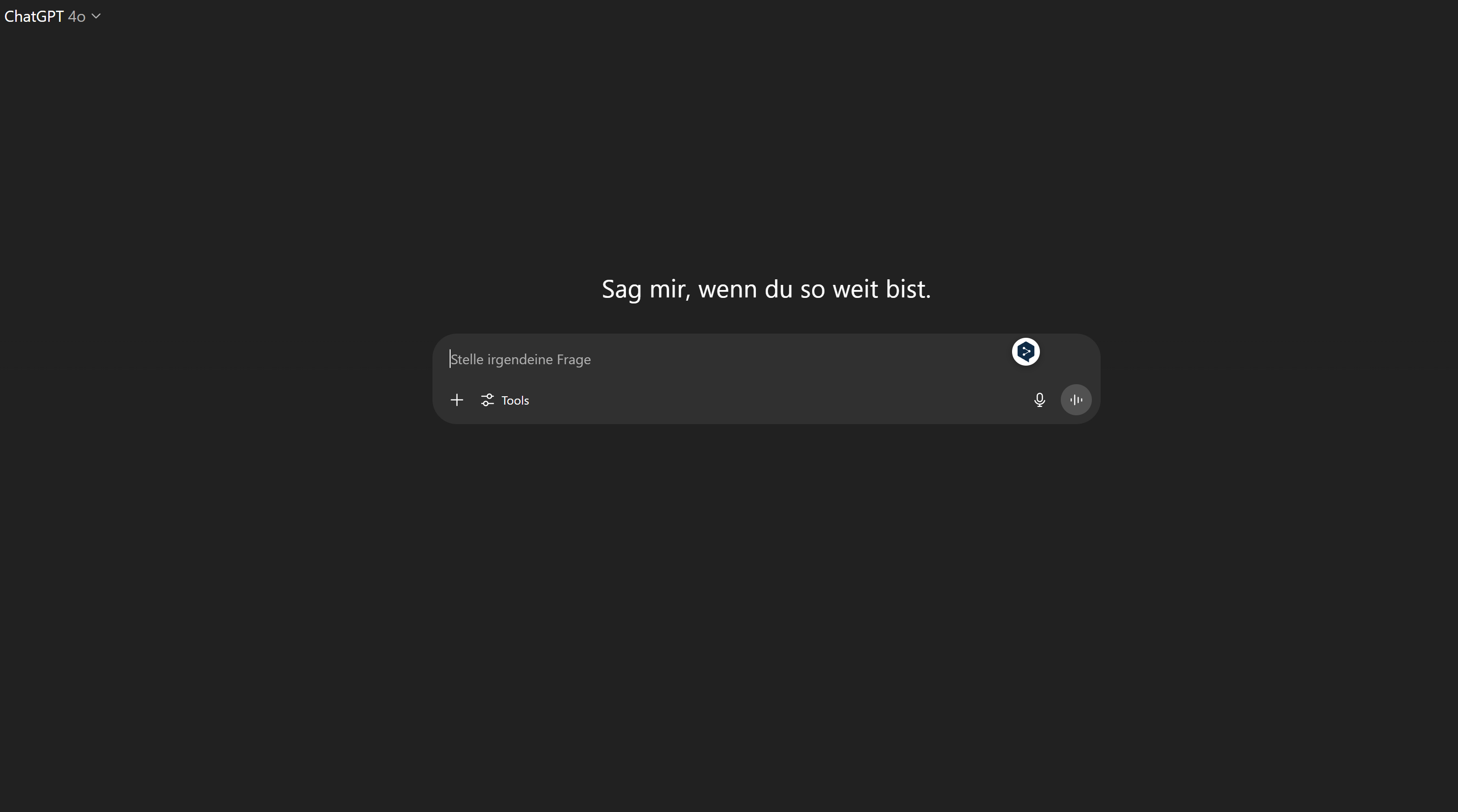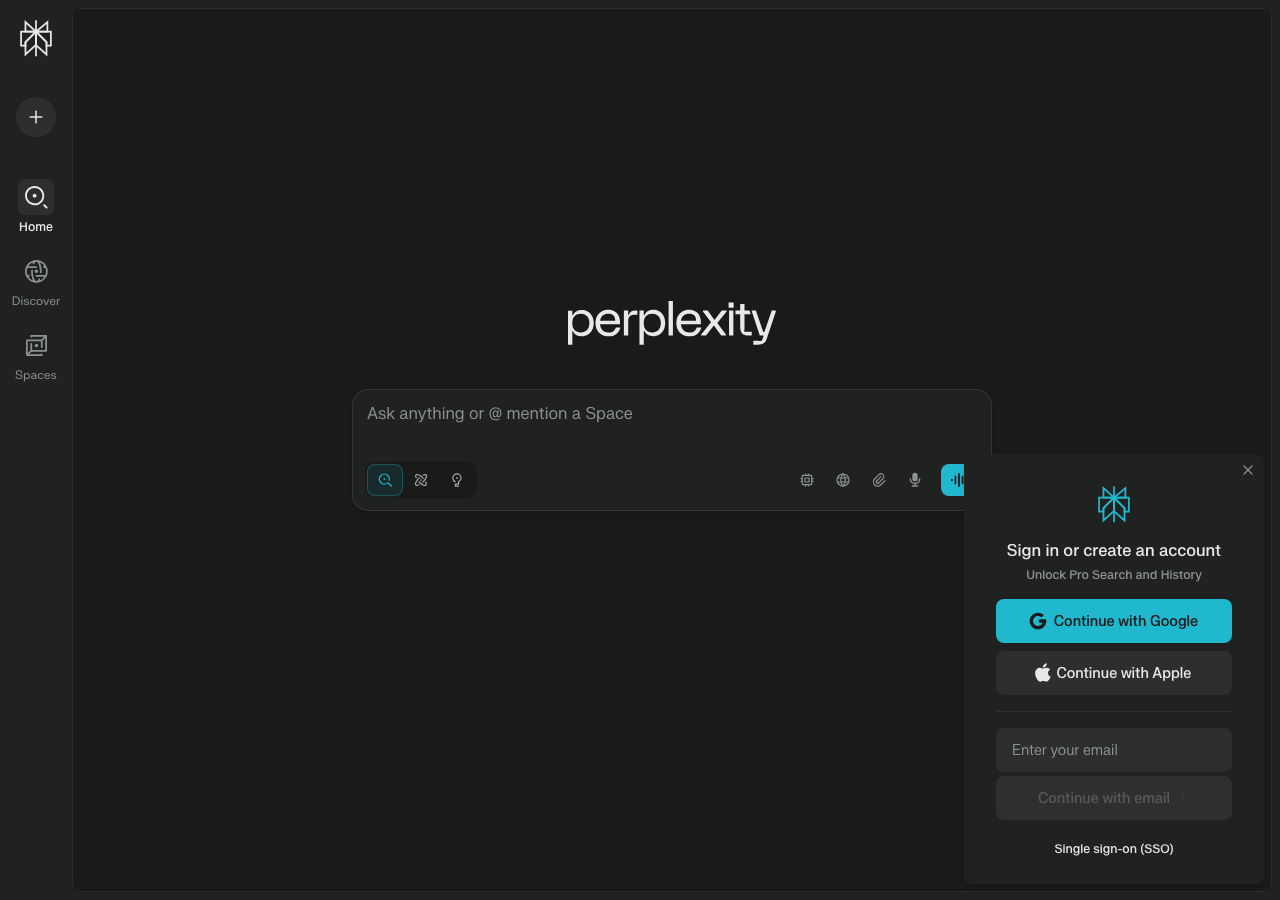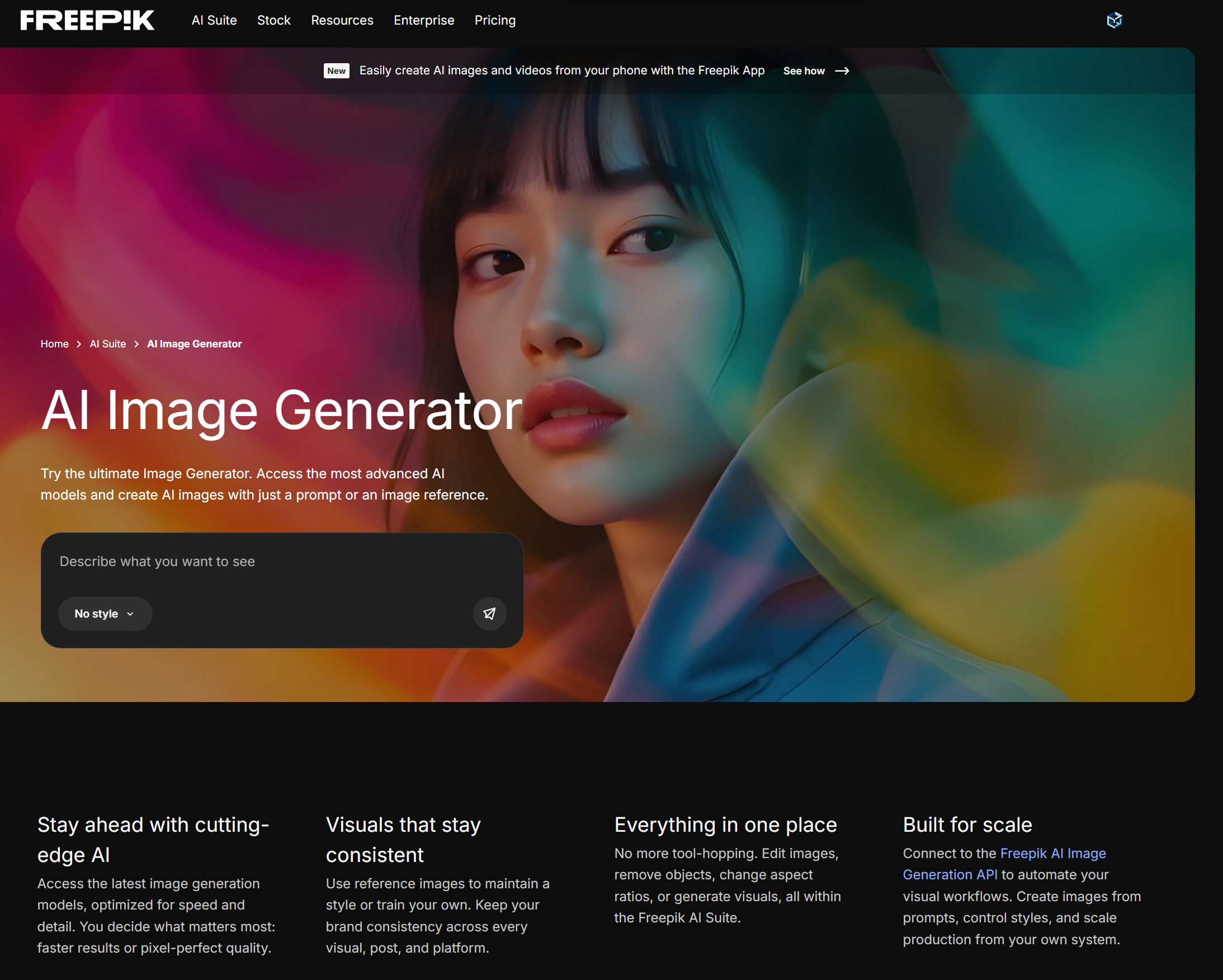Cheapfake Apocalypse: How AI-Generated Celebrity Videos are Manipulating the Masses

The line between reality and fabrication is blurring faster than ever, thanks to AI.
The Cheapfake Tsunami: How Low-Quality AI Videos are Flooding the Internet
While "deepfakes" might conjure images of Hollywood-level digital trickery, a more insidious trend is emerging: the rise of the cheapfake. These are AI-generated videos of celebrities or public figures, often of demonstrably lower production quality than a deepfake, yet convincing enough to deceive a casual observer.
Accessibility Fuels the Flood
The tools required to create convincing (or at least misleading) AI videos are now remarkably accessible. User-friendly platforms for video generation, like Synthesia, and even basic AI face swap apps for mobile devices, democratize the ability to manipulate video content.
Scale of the Problem
The volume of these "cheapfakes" is staggering. Preliminary studies indicate a 400% increase in AI-generated celebrity videos on platforms like YouTube and TikTok in the past year alone. It's a challenge for content moderation teams already stretched thin.
Motivations Behind the Mayhem
Why are people creating these videos? A few factors are at play:
- Financial gain: Monetizing fake endorsements or clickbait content.
- Political agendas: Spreading misinformation or discrediting opponents.
- Pure mischief: Simply creating chaos and enjoying the spectacle.
The proliferation of cheapfakes poses a unique challenge. As the tools become easier to use and the motivation to create them grows, distinguishing between authentic content and AI-generated manipulation becomes increasingly difficult, requiring advanced AI detection methods and a healthy dose of skepticism. Next, we'll explore the potential consequences of this digital deluge.
It's not enough to just see a celebrity endorsement online these days; you need to question it.
Celebrity Cheapfakes: Rage-Bait and the Monetization of Misinformation
AI isn't just helping us write better emails or generate stunning visuals; it's also weaponizing misinformation with celebrity AI video scams designed for maximum impact. Let’s break down how these "cheapfakes" operate and why they're so effective.
The Anatomy of Outrage
These videos aren't aiming for thoughtful discussion. They're designed to:- Trigger Emotional Responses: Think outrage, shock, or even misplaced admiration. The goal is to bypass critical thinking. For example, a fake video of a celebrity endorsing a questionable product immediately sparks debate – often negative.
- Exploit Algorithmic Amplification: Platforms reward engagement. The more shares, comments, and reactions, the further a video spreads, regardless of its veracity.
"The faster a lie travels, the harder it becomes to catch it. These 'celebrity AI video scams' thrive in that chaos."
Cashing in on Chaos
These videos are rarely made out of pure malice. There’s often a financial incentive:
- Ad Revenue: More views mean more ad dollars for the video creator or platform hosting the content.
- Data Harvesting: Engagement data is valuable for targeted advertising and other exploitative purposes.
Case Study: Deep Trouble
Consider the fake celebrity endorsement of a cryptocurrency that went viral last year. It used sophisticated video generation techniques to create a convincing (but completely fabricated) interview. The result? Thousands of viewers invested in a fraudulent scheme, and the celebrity's reputation took a hit.
Cheapfakes are more than just a nuisance; they're a potent tool for manipulation. Staying vigilant, promoting media literacy, and supporting robust detection tools is now essential to protect your wallet and your worldview. Consider exploring AI Fundamentals to bolster your overall awareness and ability to detect harmful AI practices.
Cheapfakes are no longer just harmless memes; they're actively corroding the foundations of trust in our digital world.
The Erosion of Trust: A House Built on Sand

When seeing becomes disbelieving, what's left? Cheapfakes, particularly those using AI tools like Reface to swap faces onto existing video, contribute significantly to:
- Political Polarization: Imagine targeted campaigns using fake videos of political figures making inflammatory statements. This goes beyond simple spin, creating entirely fabricated narratives that deepen societal divides.
- Disinformation and Propaganda: It's easier than ever to create the illusion of authenticity. Cheapfakes are a powerful weapon for spreading disinformation, making it harder to discern fact from fiction. Consider how even sophisticated audiences might struggle to identify a well-crafted fake featuring a trusted news anchor.
- Reputational Damage: From CEOs "caught" making inappropriate remarks to researchers seemingly "admitting" fraudulent data, cheapfakes can instantly destroy reputations. What happens when a marketing professional, uses AI tools such as Synthesia to create a spokesperson to promote a product that harms a consumer?
The Psychological Impact of Misinformation

Repeated exposure to manipulated content has far-reaching psychological effects of misinformation. This is a long-tail keyword, and it bears repeating, because misinformation has tangible consequences:
- Increased Anxiety and Fear: Constant bombardment with fake news and fabricated scenarios can induce a state of perpetual anxiety and fear, as individuals struggle to make sense of a seemingly unstable reality.
- Cynicism and Apathy: When people feel they can't trust anything they see or hear, cynicism sets in, leading to disengagement from civic life. Why bother voting if you believe the election is rigged by cheapfakes?
- Reduced Critical Thinking: The sheer volume of manipulated content can overwhelm cognitive defenses, making people more susceptible to accepting false information at face value. This is especially true for those less familiar with tools that create AI image generation.
It's a brave new world, but also a potentially bamboozling one thanks to the rise of AI-generated cheapfakes.
Detecting the Fakes: Tools and Techniques for Spotting Cheapfakes
Spotting a cheapfake isn't always about having a PhD in computer science; sometimes, it just requires a keen eye and a healthy dose of skepticism. Here’s how to sharpen your senses:
- Unnatural Movements: Does the subject's movement feel oddly robotic or jerky? AI often struggles with fluid, natural motion.
- Inconsistent Lighting: Keep an eye out for discrepancies in lighting and shadows. These inconsistencies often betray the artificial nature of the content.
- Audio Issues: Is the audio slightly out of sync with the video? Does the voice sound monotone or oddly synthesized?
- Blurry Faces: AI struggles with rendering high-resolution faces, resulting in somewhat blurred or uncanny visages.
AI to Fight AI: Detection Tools to the Rescue?
Several tools now promise to unmask these digital tricksters. One popular option is AI Detector Writer, which offers a service that helps users confirm the authenticity of media content. Many rely on analyzing subtle inconsistencies and patterns invisible to the naked eye. But be warned – these tools are not infallible.
It's an ongoing arms race: as creators get better at crafting fakes, detectors must evolve to keep pace.
Media Literacy is Your Superpower
Ultimately, the best AI deepfake detectors are your own critical thinking skills. It's easy to trust ChatGPT or other tools, but always exercise skepticism. Media literacy is the key. Before you share that outrageous video, ask yourself:
- Who created this?
- What is their motivation?
- Is this information corroborated by other, reliable sources?
While AI offers incredible advancements, recognizing cheapfakes comes down to critical thinking, vigilance, and continuously evolving our detection techniques. The future of truth might just depend on it!
The digital landscape is increasingly warped by "cheapfakes" – AI-generated videos realistically mimicking celebrities and influencing public opinion.
Platform Policies: A Patchwork Defense
Major platforms like YouTube and TikTok have scrambled to implement policies against deceptive AI content, but enforcement varies wildly. For example, YouTube's AI video policy focuses on clear labeling of altered or synthetic content, demanding disclosures when "realistic-looking" alterations are made. TikTok's policy is similar, emphasizing transparency and banning deepfakes that depict real people in sensitive situations without consent.
- YouTube: Stresses disclosure and context; however, identifying subtly altered content remains a challenge.
- TikTok: Focuses on consent and sensitive scenarios; but nuanced political satire often slips through the cracks.
Effectiveness: Gaps in the Armor
While the intention is noble, these policies often fall short. Cheapfakes can spread rapidly before detection, and sophisticated creators can skirt regulations. Take for example the rise in AI tools for content creators, like HeyGen, which allows users to create convincing videos with digital avatars, blurring the lines between reality and fabrication. This leads to scenarios where satire is misinterpreted, or outright misinformation gains traction before being flagged.
The battle against cheapfakes is a cat-and-mouse game – as detection improves, so does the sophistication of the fakes.
Balancing Free Speech vs. Fighting Misinformation
Platforms grapple with a fundamental tension: protecting free expression while curbing the spread of harmful misinformation. Overly aggressive censorship can stifle legitimate satire and commentary, while lax enforcement allows malicious actors to manipulate the public. This requires a nuanced approach, leveraging AI to identify potentially harmful content, while preserving human oversight to prevent overreach. YouTube's reliance on user flagging, for example, can be slow and inconsistent, demonstrating the need for more proactive AI-driven solutions.
In conclusion, platform responsibility in the age of cheapfakes is a work in progress. While policies are evolving, continued investment in AI detection technology and nuanced enforcement mechanisms is crucial to navigate this complex landscape. Next, we'll explore proactive measures to equip viewers in discerning digital reality from fiction.
The era of "seeing is believing" is officially over, as AI-generated celebrity cheapfakes threaten to erode trust in media and institutions.
Cheapfakes: The New Reality
These aren't your grandpa's Photoshopped images; we're talking about hyperrealistic, AI-driven video and audio fabrications. Deepfakes (and their cheaper, faster cousins, cheapfakes) are making it increasingly difficult to discern what's real, especially when celebrities are involved.AI to the Rescue… and the Offense
"The same AI that creates cheapfakes can also be used to detect them – it's a technological arms race."
It’s a double-edged sword. We need AI-powered tools for content authentication, and fast. Emerging technologies like:
- Blockchain verification: Tamper-proof ledgers to confirm the origin and integrity of digital assets.
- Digital watermarking: Invisible markers embedded in content for source tracing.
- AI-driven content analysis: AI Detector Writer are evolving to identify synthetic media by spotting inconsistencies impossible for the human eye to catch. It can help detect the potential manipulated in texts, images or videos.
Protecting Yourself from Synthetic Shenanigans
So, how do you stay afloat in this sea of misinformation? Critical thinking is paramount. Don't believe everything you see (or hear). Fact-check claims, scrutinize sources, and be wary of emotionally charged content. Organizations need to invest in 'AI content authentication methods' and educate their teams on spotting fakes.The future of AI demands a renewed focus on authenticity. We need to prioritize responsible AI development and deployment to ensure a future where truth isn't just a commodity, but a cornerstone of our digital society. For more on the impact of AI in today's world, see AI in Practice.
The rise of cheapfakes presents a significant threat to public trust and informed decision-making, demanding immediate and comprehensive action.
Government Regulation: Navigating the AI Video Regulation Challenges
Could government regulation be the antidote to the cheapfake poison? Perhaps. Consider these points:- Clear Legal Frameworks: Establishing legal definitions for cheapfakes and outlining prohibited uses, such as election interference or defamation, could act as a strong deterrent. Think copyright law, but for digital identities. This needs careful thought, lest we stifle innovation.
- Transparency Requirements: Mandating disclosures for AI-generated content, similar to labeling requirements for genetically modified foods, empowers consumers to critically evaluate the information. No one wants to unknowingly ingest manipulated content.
- Enforcement Mechanisms: Implementing penalties for creating and disseminating malicious cheapfakes, coupled with dedicated agencies for enforcement, signals a serious commitment to combating the problem. It’s about drawing a line in the sand.
Media Literacy: Empowering Critical Evaluation
Regulation alone is insufficient; equipping individuals with the tools to discern reality from fabrication is equally crucial.- Educational Initiatives: Integrating media literacy into school curricula fosters critical thinking skills from a young age, enabling future generations to navigate the digital landscape with discernment. Like learning a new language, the sooner the better.
- Public Awareness Campaigns: Disseminating educational resources and awareness campaigns through various media channels equips the broader population with the knowledge and skills to identify cheapfakes. Even Grandma needs to know.
- Verification Tools: Promoting the use of AI video editing and AI image generation detection tools can also aid users in spotting and flagging manipulated media.
Collaborative Efforts: A United Front
Tackling cheapfakes necessitates collaboration among diverse stakeholders.- Tech Companies: Developing and implementing detection algorithms, watermark technologies, and content moderation policies to prevent the spread of cheapfakes on their platforms is paramount. Big Tech must step up.
- Policymakers: Crafting effective regulations that balance innovation with societal protection requires input from technology experts, legal scholars, and civil society organizations.
- Educators: Equipping individuals with media literacy skills through formal and informal education programs is essential for creating a more informed and resilient citizenry. Knowledge is power, after all.
Keywords
cheapfake AI, AI generated videos, deepfakes, AI celebrity videos, misinformation, disinformation, AI video detection, digital manipulation, responsible AI, AI ethics, YouTube AI videos, rage baiting, online scams, AI video regulation
Hashtags
#CheapfakeAI #AISafety #DigitalManipulation #DeepfakeDetection #ResponsibleAI
Recommended AI tools

The AI assistant for conversation, creativity, and productivity

Create vivid, realistic videos from text—AI-powered storytelling with Sora.

Your all-in-one Google AI for creativity, reasoning, and productivity

Accurate answers, powered by AI.

Revolutionizing AI with open, advanced language models and enterprise solutions.

Create AI-powered visuals from any prompt or reference—fast, reliable, and ready for your brand.


